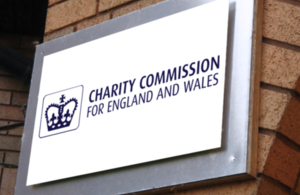Junction improvement gives nature a helping hand
Aside from showcasing their natural beauty, these native species of flora and fauna, which include native species of daises and poppies, provide a huge boost to the local wildlife of the area they inhabit.
Some of these benefits include providing a critical habitat for pollinators such as honeybees, native bees and butterflies, improving soil and water quality and supporting an ecosystem for other local insects and wildlife. Graham Construction, are currently upgrading junction 25 connecting the M25 with the A10 on behalf of Highways England. At peak times up to 6,300 vehicles per hour currently travel through the junction roundabout, causing congestion and regular delays. The A10 southbound approach into the junction is also a congestion hotspot in Broxbourne.
Improvements when complete will include:
- Quicker journey times
- Increase in average speeds through the junction
- Less disruption following incidents
- Reduced congestion will increase future development and growth opportunities
- Improved local air quality
Indy Grewal, Highways England’s project manager, said:
We are always looking for ways to reduce the impact our business has on the environment and to enhance it where possible. It’s not just about operating in an environmentally responsible way, we also recognise that there’s a need to balance people’s needs to travel on our roads with doing all we can to protect the environment.
Highways England manages a road network that stretches for 4,300 miles, connecting people and places from Berwick-upon-Tweed to Penzance. It also looks after around 30,000 ha of green verge which contains a range of habitats supporting interesting plants and animals.
Highways England contractors are now obliged to create conditions for species-rich grasslands to thrive using low fertility soils. The verges will then be allowed to regenerate naturally or be seeded with wildflowers.
Ben Hewlett, Highways England Senior Environmental Advisor, said:
The M25 J25 shows that if we create the right conditions, wildlife will return very quickly. Going forward Highways England will be creating more spaces through its construction activities that provide vital habitat for wildflowers, insects, pollinators and other wildlife to thrive.
In December 2020, Highways England launched a new verge creation policy which will create the correct conditions for wildflowers to thrive, through the removal of topsoil from new areas of grassland created by Major Projects. Removal of topsoil lowers the level of nutrients in the soil making it a harsher environment for coarse grasses and weeds, making more room for wildflowers to establish and thrive.
Get more information on the M25 junction 25 scheme
General enquiries
Members of the public should contact the Highways England customer contact centre on 0300 123 5000.
Media enquiries
Journalists should contact the Highways England press office on 0844 693 1448 and use the menu to speak to the most appropriate press officer.

